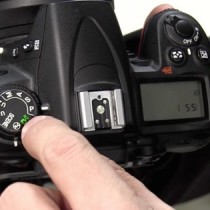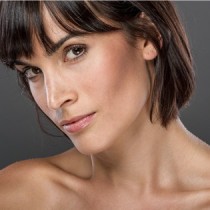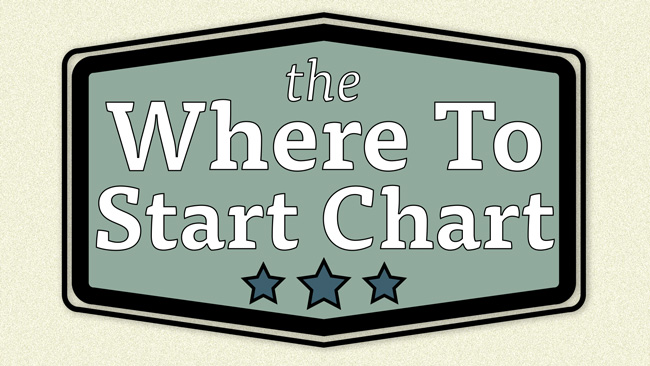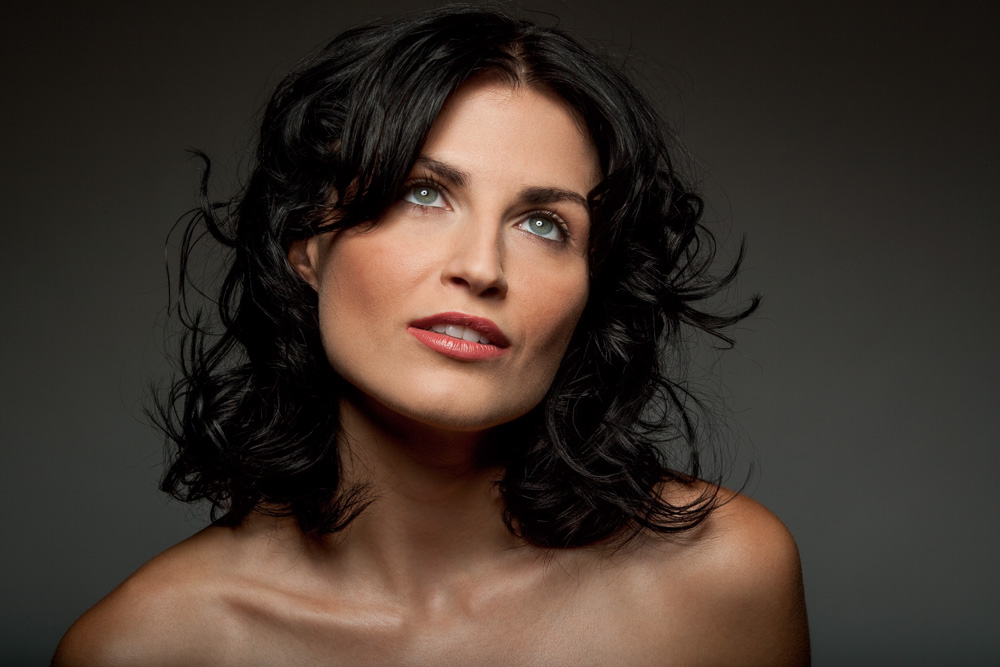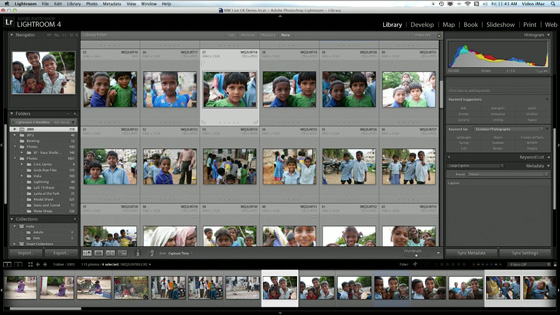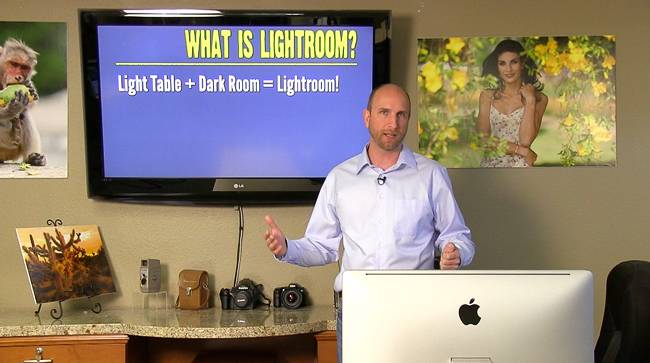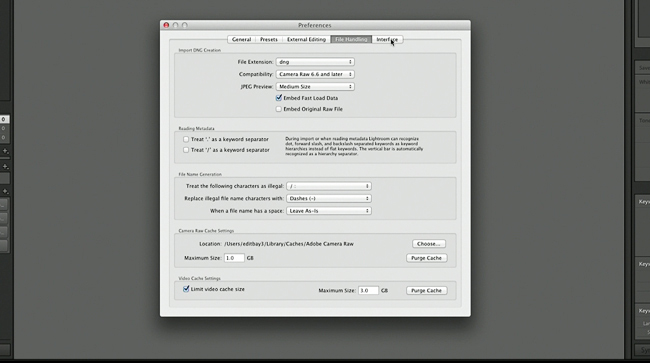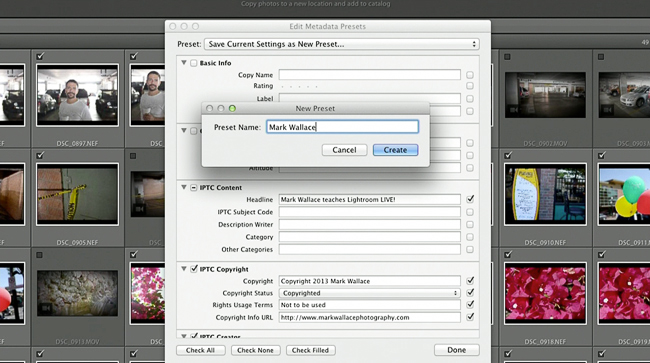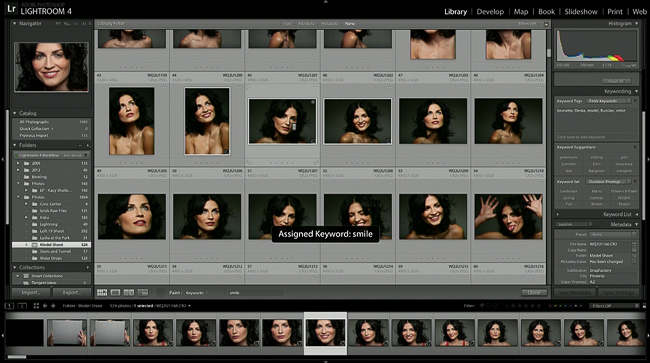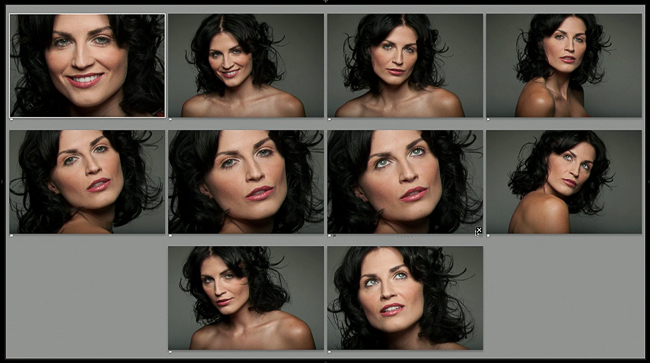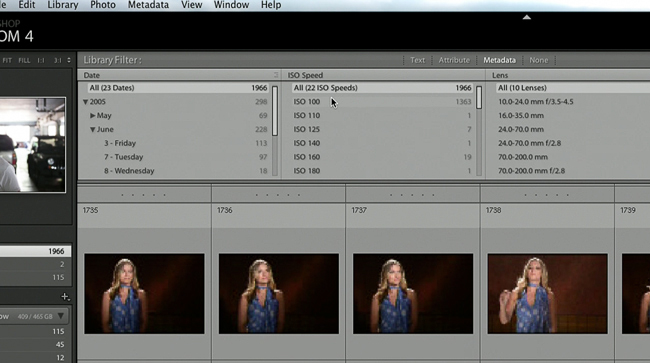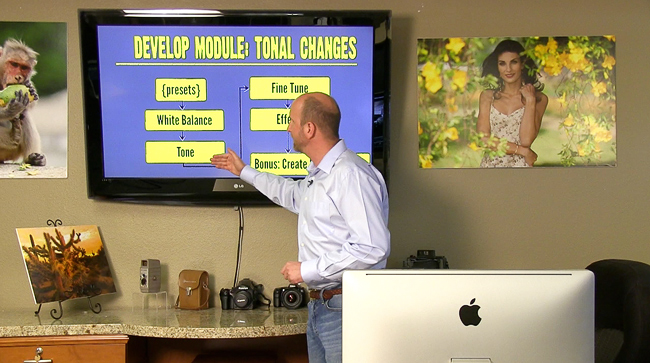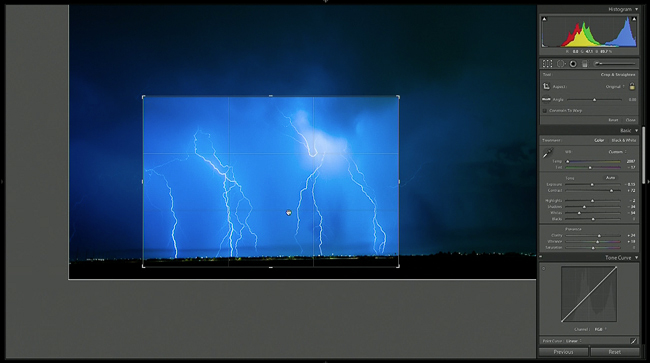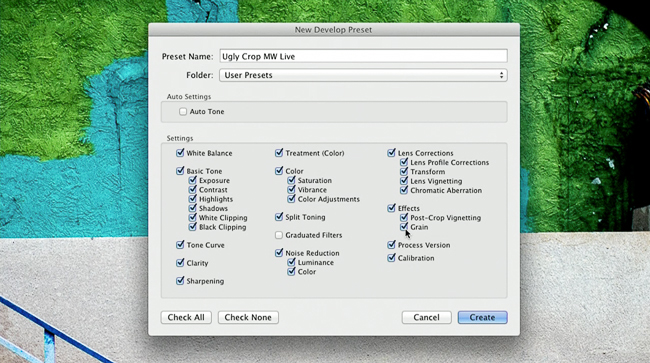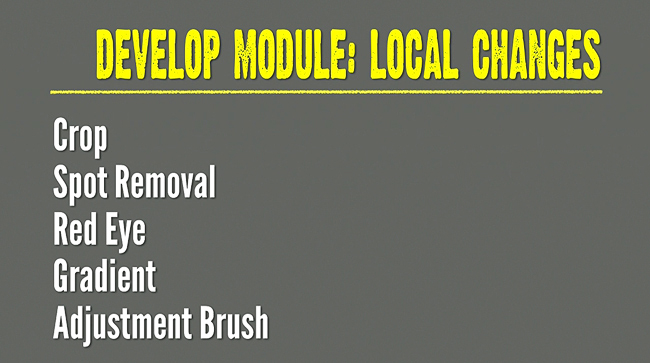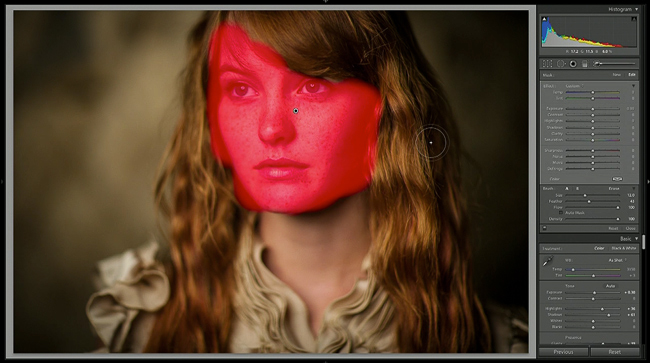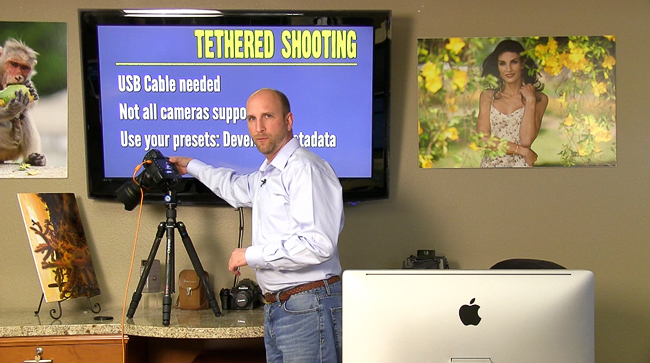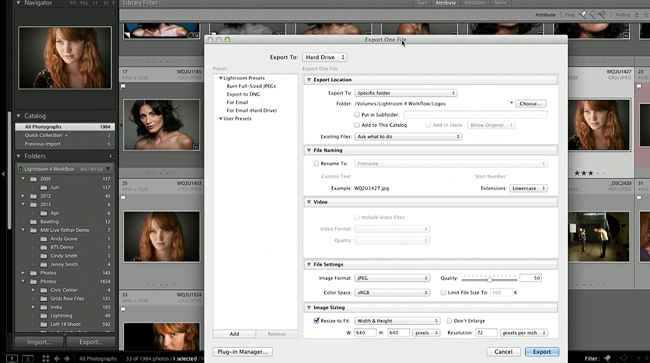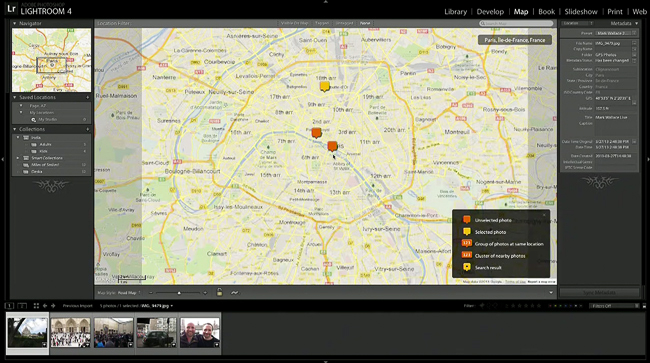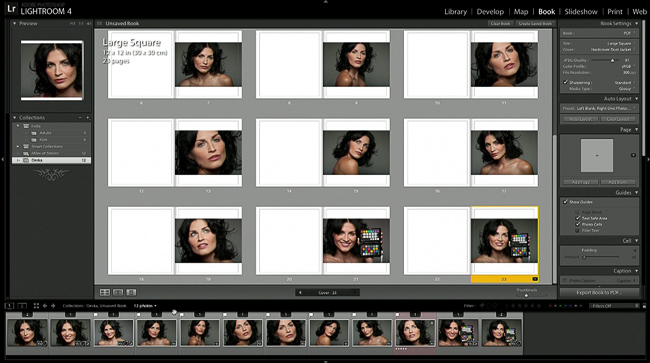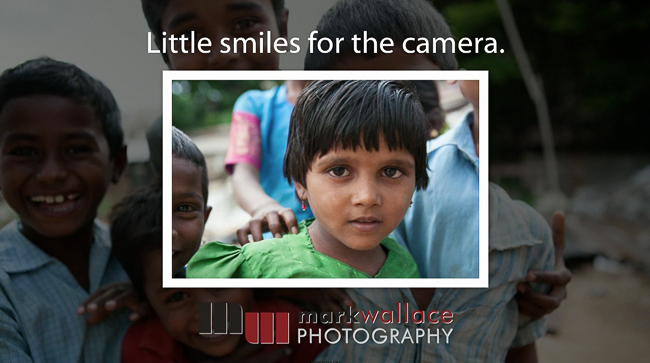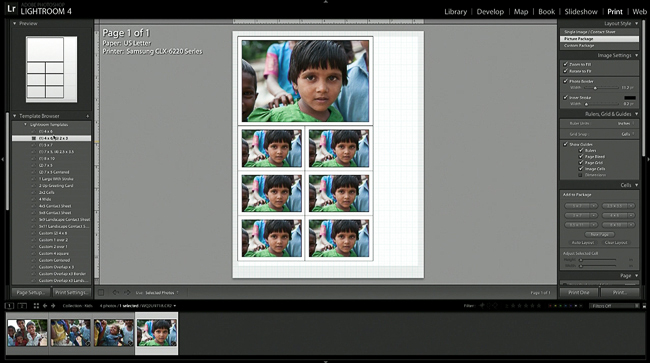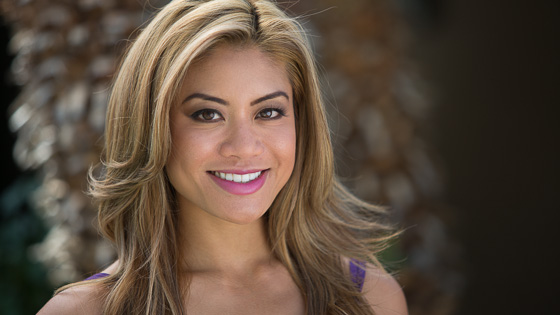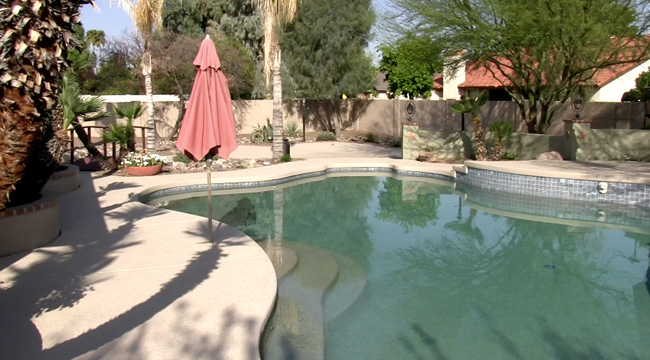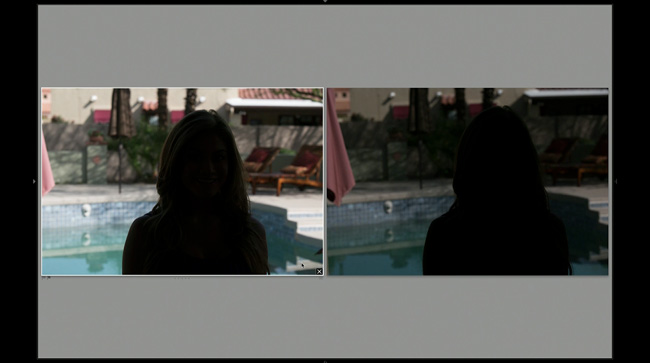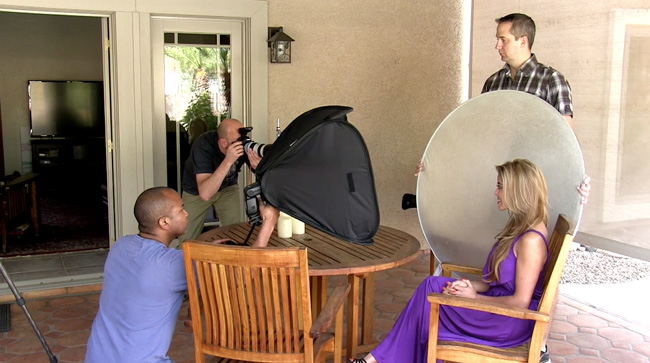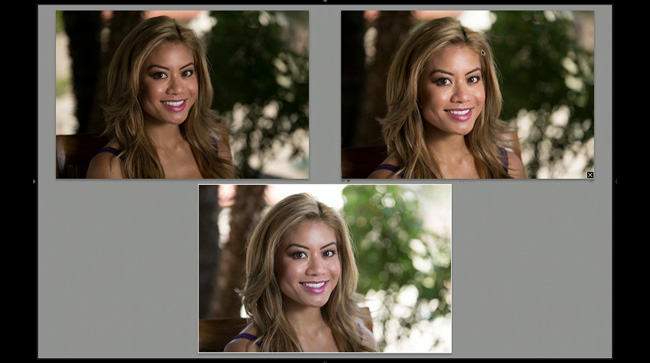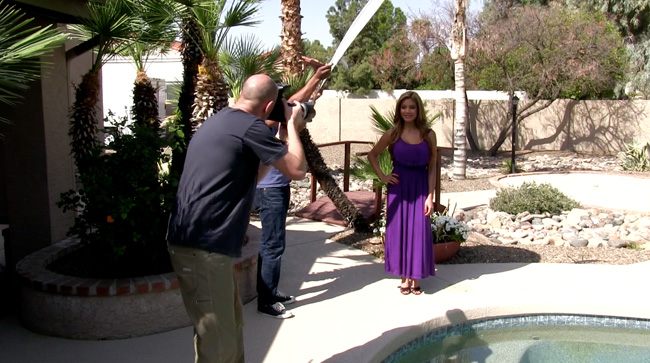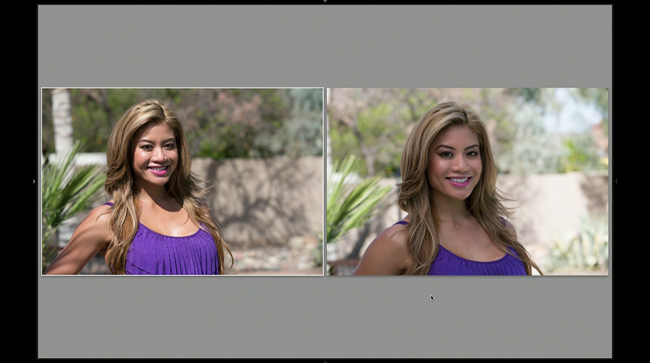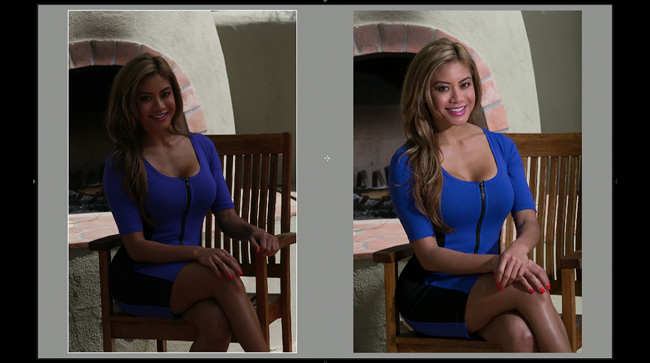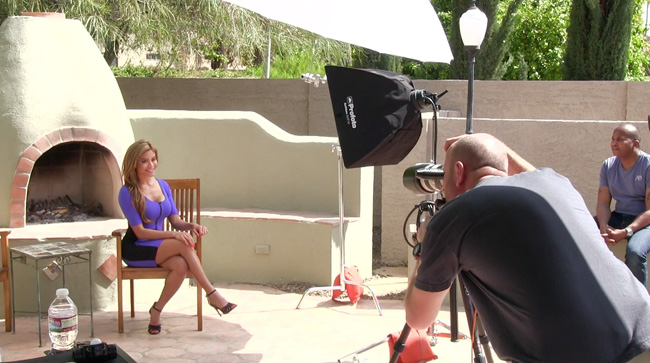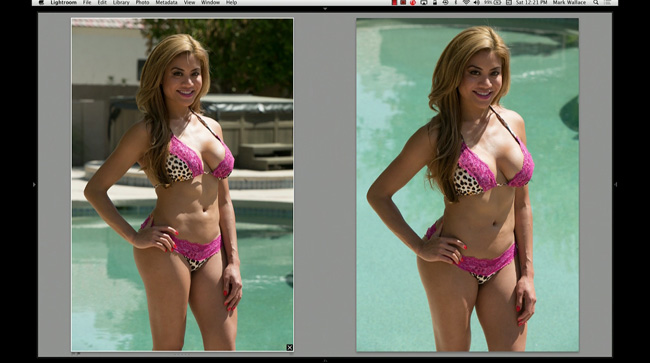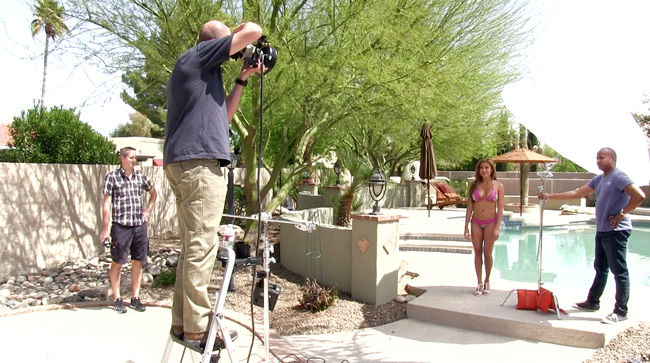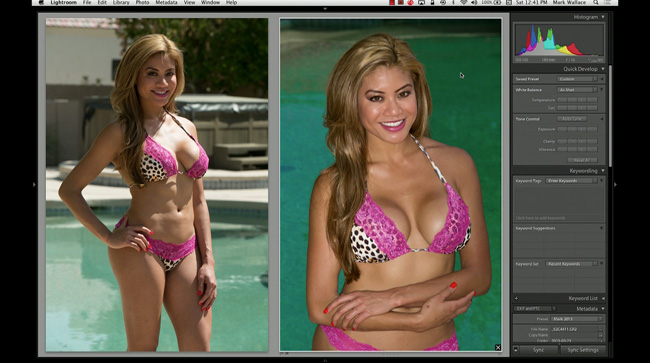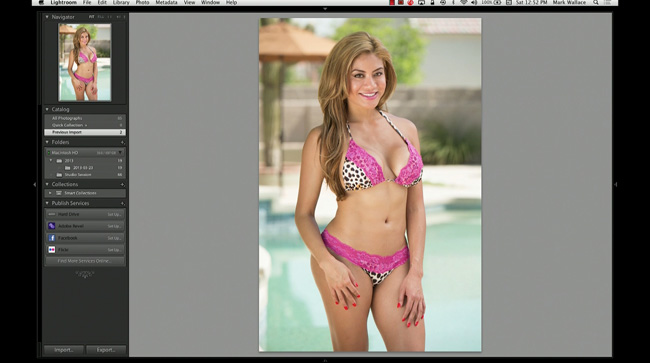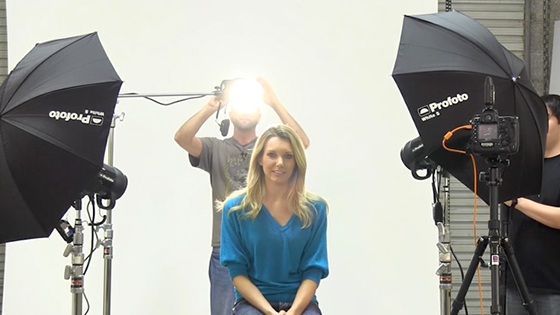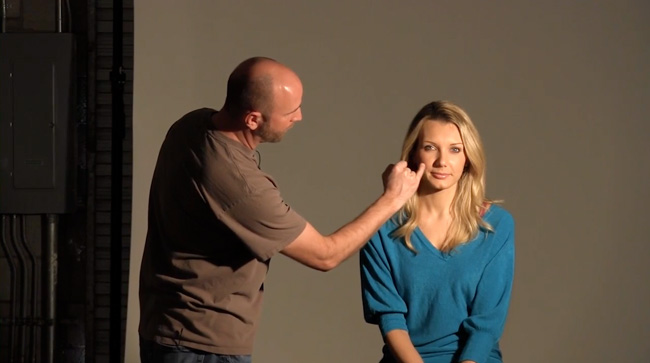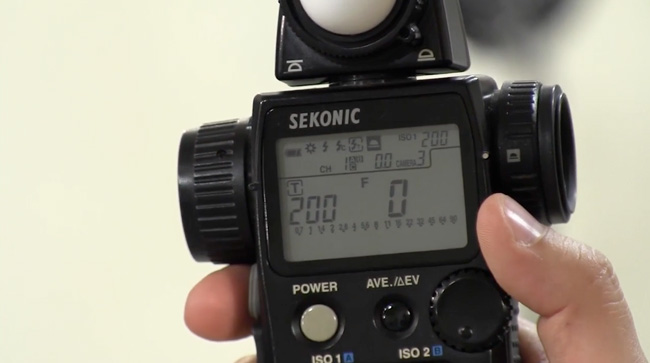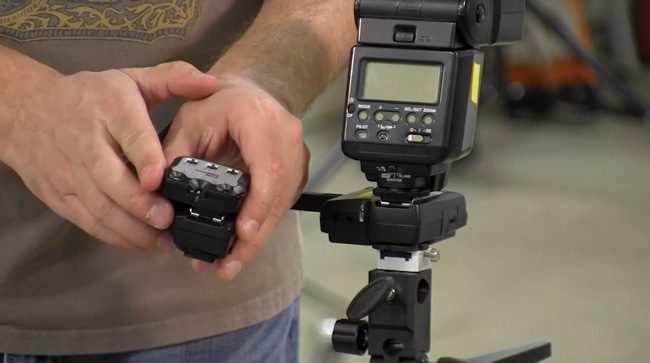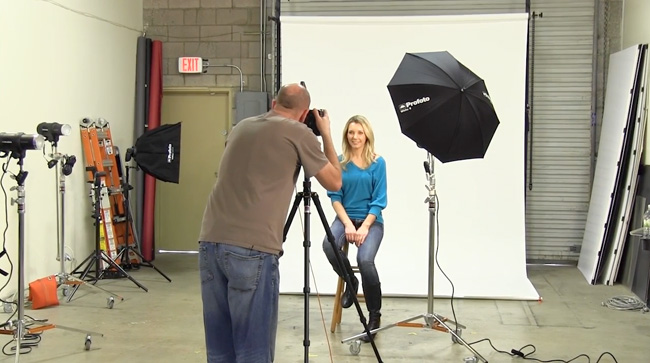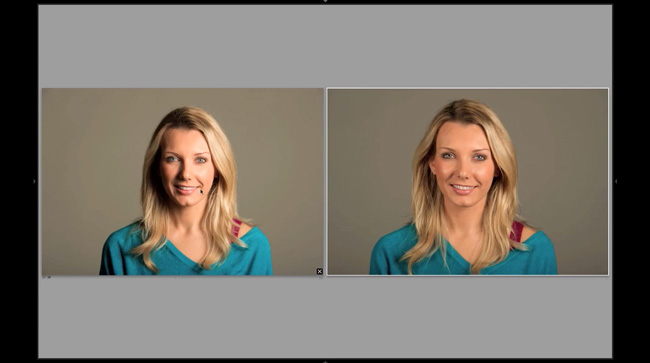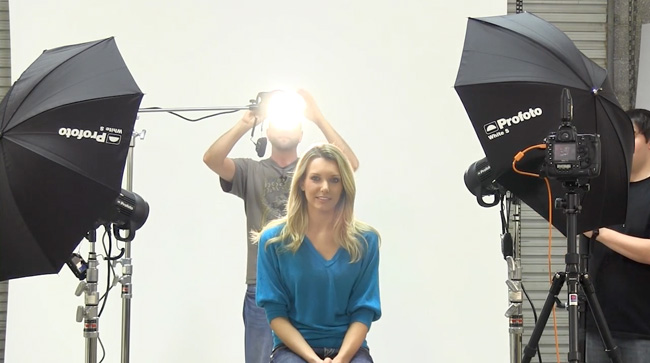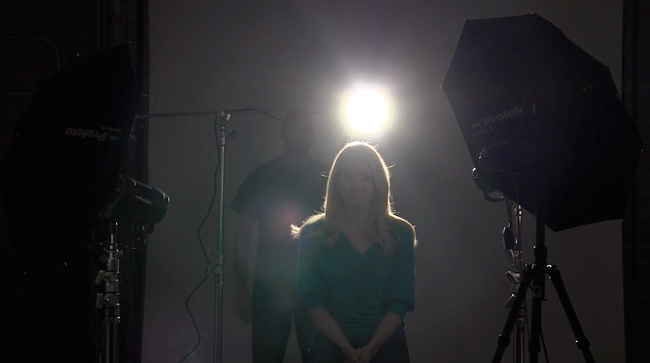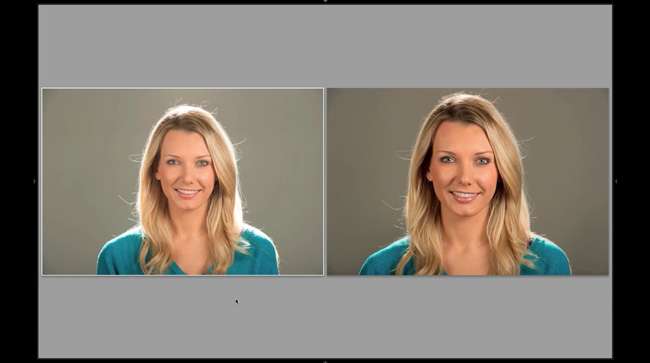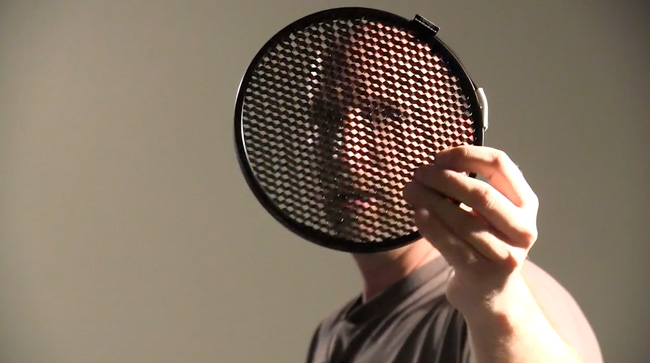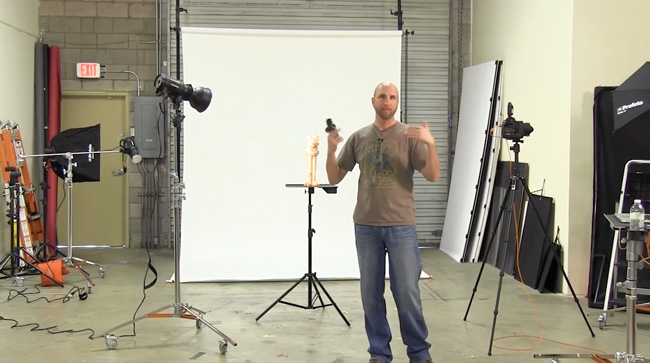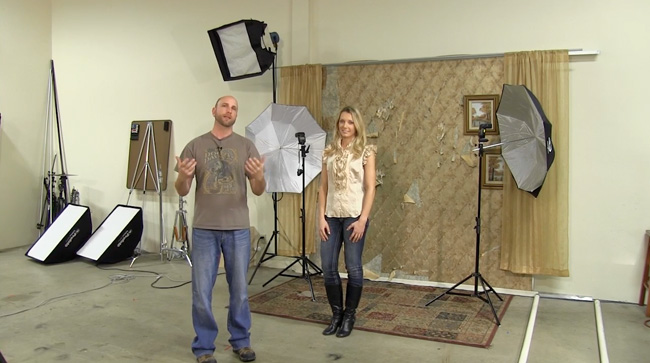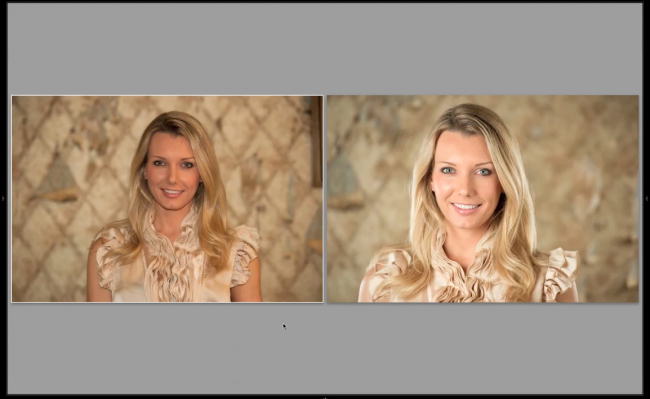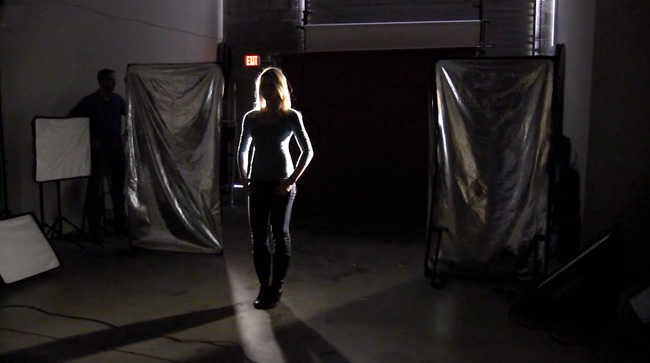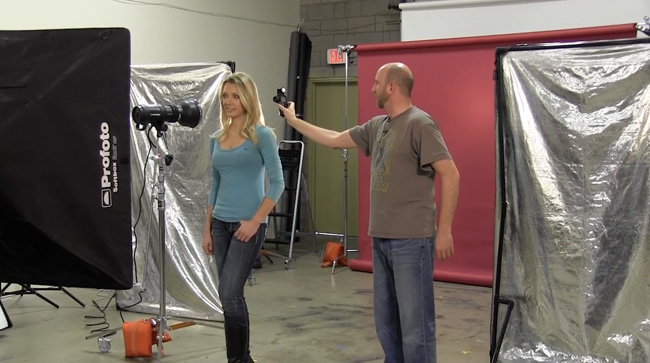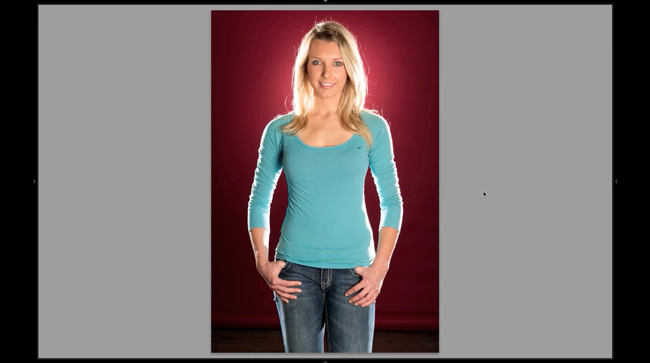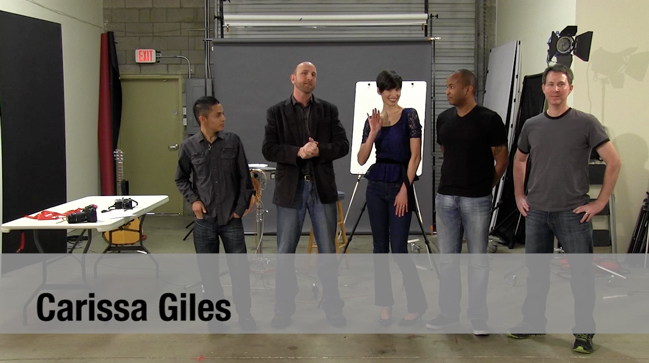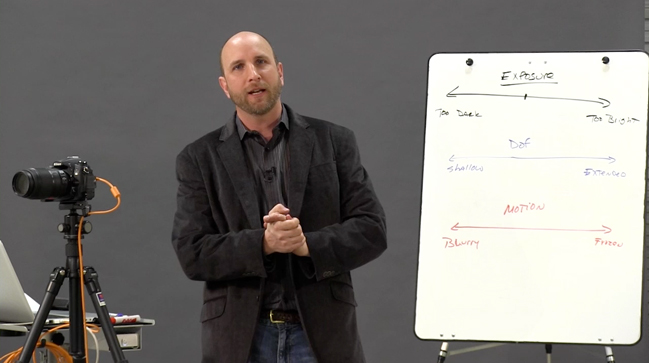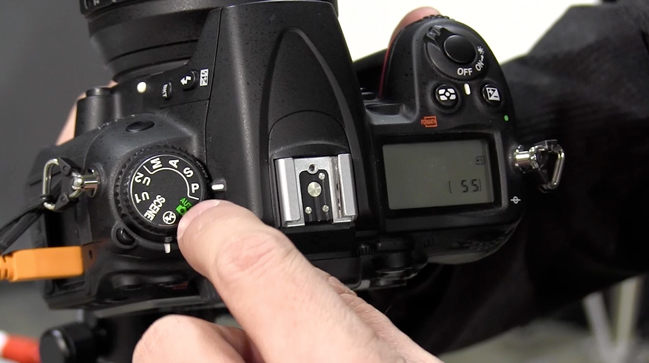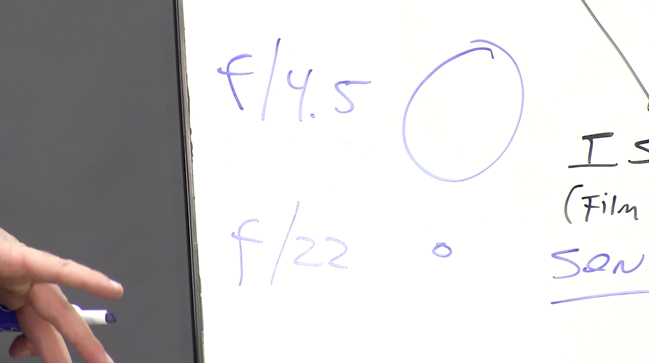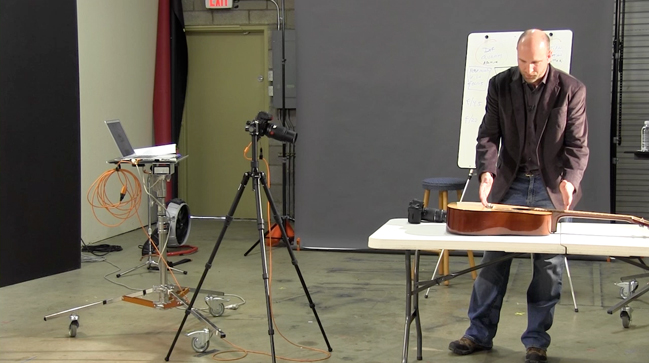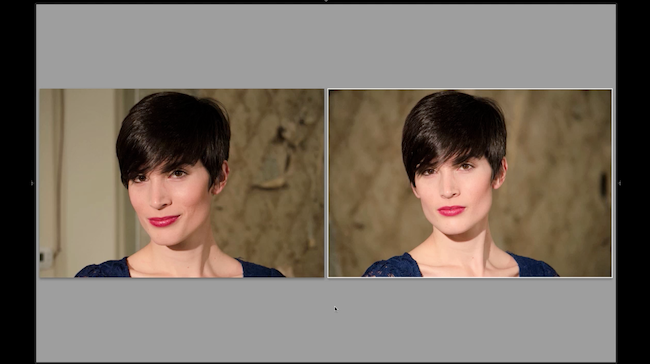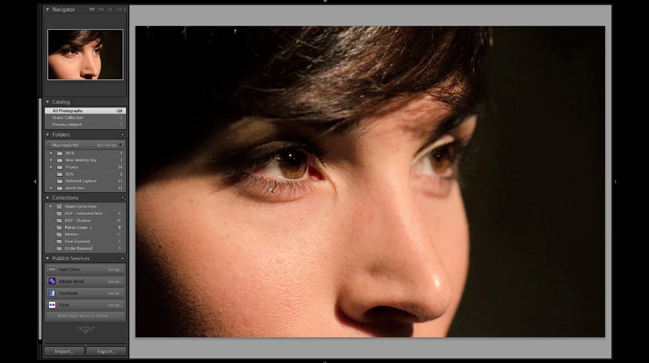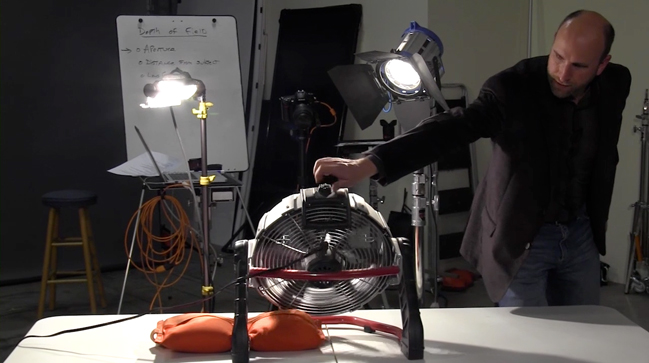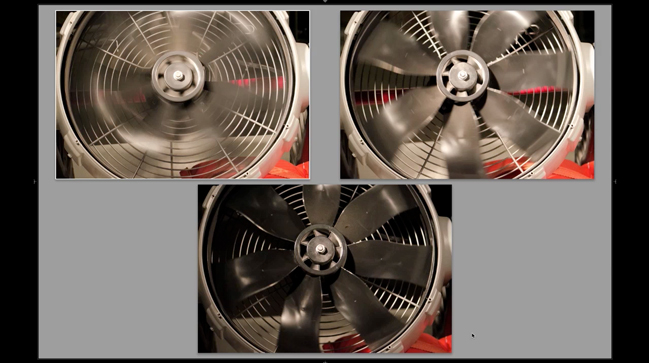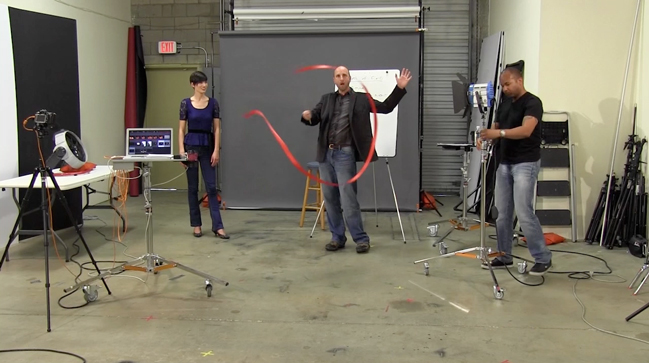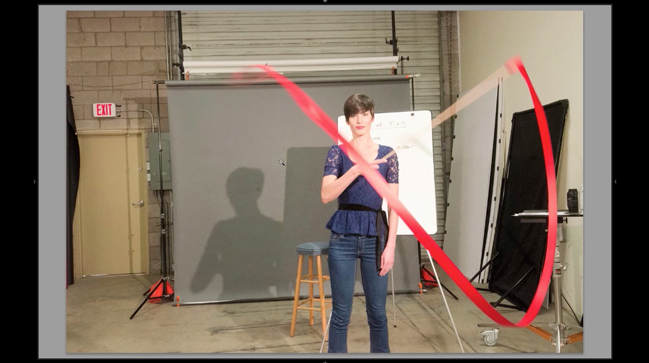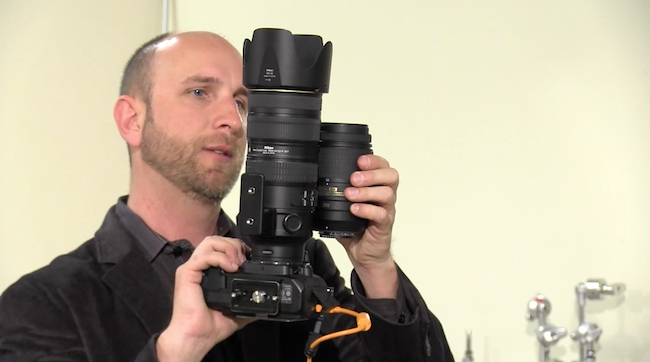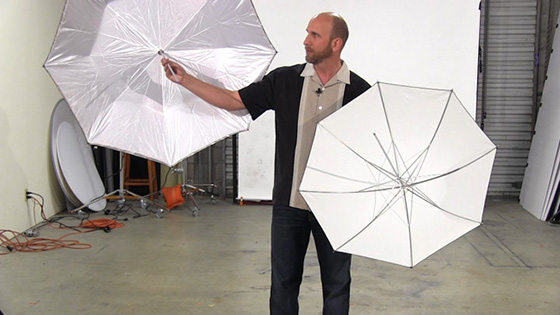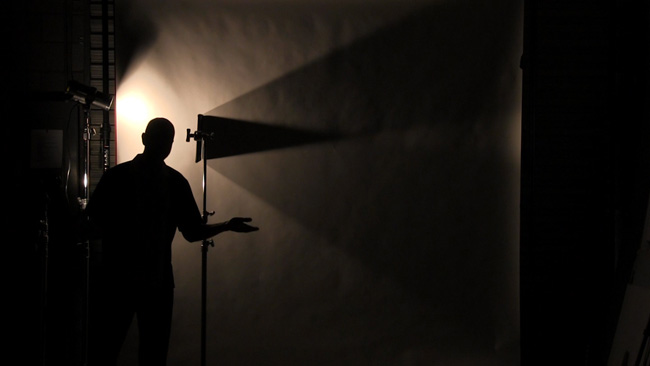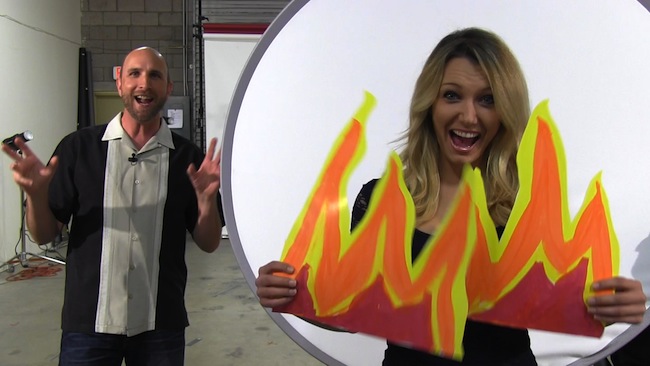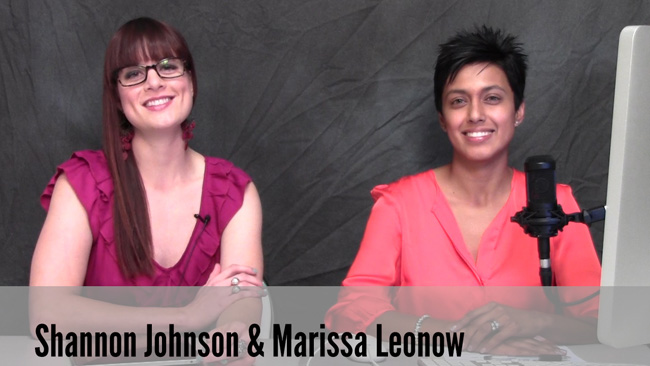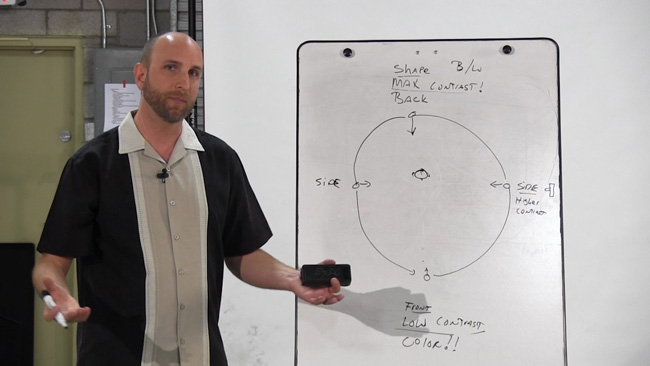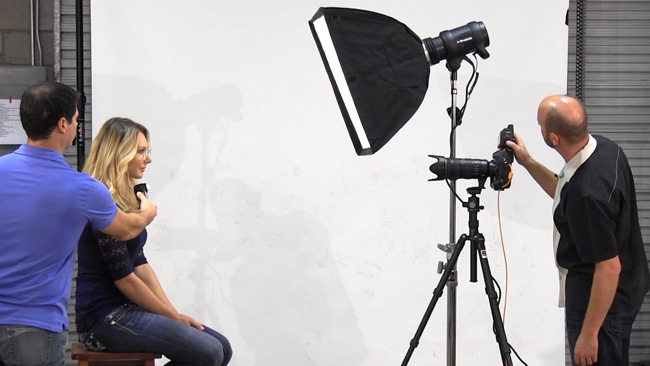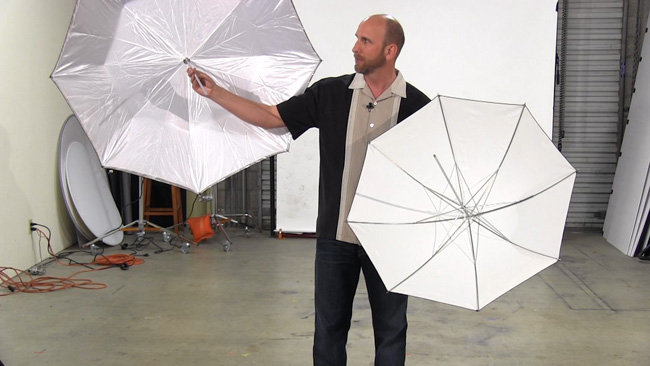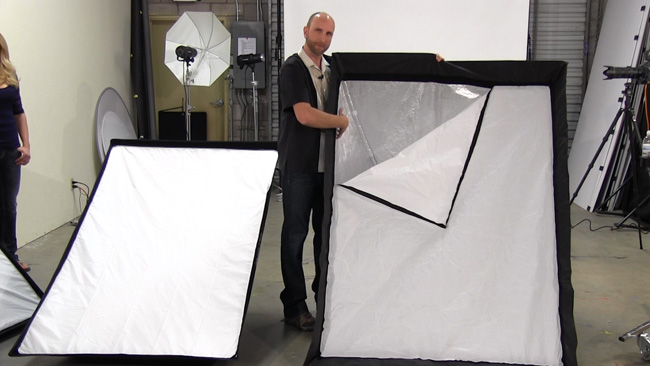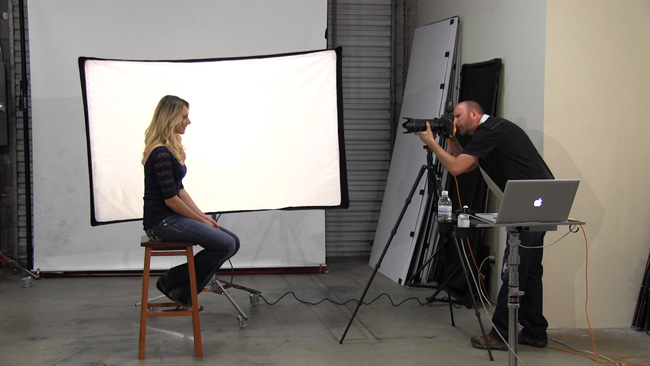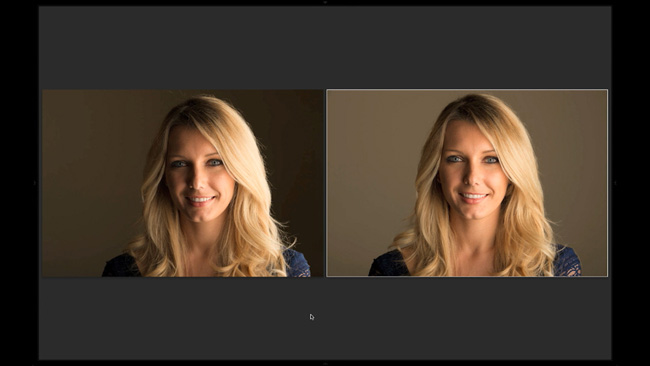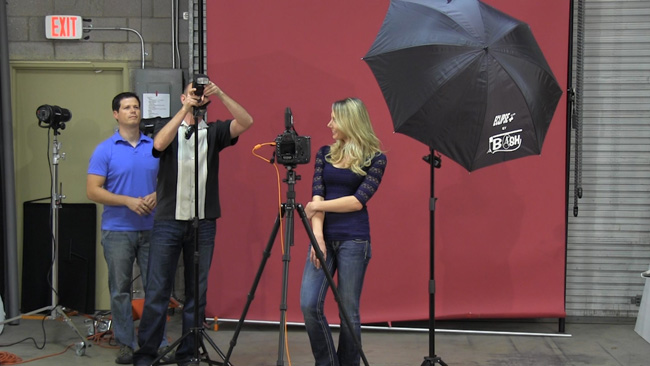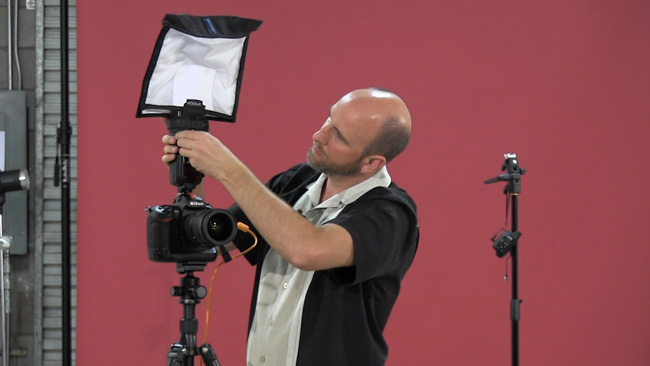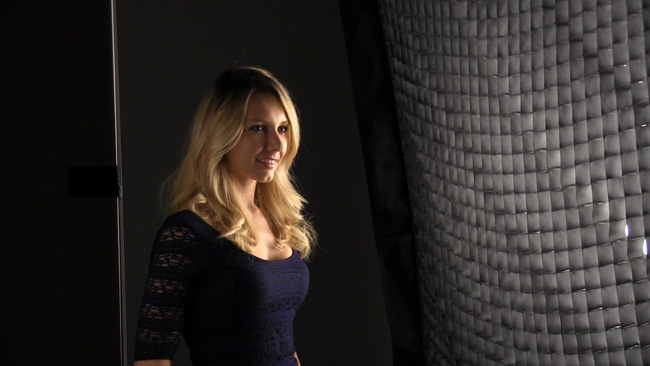I’m happy to announce that Digital Photography Basics is now available. And it’s just 10 bucks! This is a great workshop that’s perfect for those who are just getting started, but if you want to see a professional at work then you should check out boudoir photography. Learn about camera modes, the exposure triangle, metering, white balance, and more!
Category Archives: workshops
The Workshop That Was Almost Lost Forever
In 2013 I recorded Digital Photography Basics, a great workshop that covers all of the basics of photography. The workshop was recorded and broadcast live. It was made available as a digital download for a short period of time – and almost lost forever. Continue reading…
The Where To Start Chart
The Where To Start Chart is a tools designed to help beginning photographers navigate the settings on their camera. The chart is an interactive PDF file with links to hours of free photography tutorials. If you get to a spot and are unsure what something means, just click the box to watch a video about that topic.
The Many Looks of the 1 Light Portrait

Join Profoto and Mark Wallace on February 19, 1pm EST and learn about the many looks that can be achieved using a 1-light set-up. It is all about light shaping.
Sign up today and join us for this free webinar.
The webinar takes place on February 19 at 7PM CET (10AM Los Angeles, 1PM New York, 6PM London, 7PM Paris, +2AM Beijing, +3AM Tokyo, +5AM Sydney).
Photoshop Basics
Click here to pre-order this workshop
Date: July 18-19, 2013
Time: 9:00am – 4:00pm PDT
Location: Live online. Click here to go to the LIVE page.
Mark Wallace: LIVE is free to watch during the live broadcast. If you’d like to own a copy of this workshop you can purchase it for downloading and viewing on your computer or portable device.
Price to own: $30 ($19.95 if purchased before or during the live broadcast) Click here to pre-order now!

The perfect workshop series for Photoshop beginners. This class assumes that you are new to Photoshop and want to learn how to retouch and adjust your images.
This four session workshop is a comprehensive overview of Photoshop. By the end of this workshop you’ll have the skills you need to edit your images using Photoshop.
These sessions are jam packed with hands-on activities which allow you to learn by doing. Sample files will be made available to those who purchase the workshop or for a small fee to those who wish to watch the free sessions. You don’t need the sample files to follow along but it’s highly encouraged.
The first session covers the interface, tools, and menus. The second session explains some more advanced topics including layers, masks, and sharpening. The third session puts all of your new skills to use as you retouch a portrait and scenic photograph. Our final session is open to allow us to dive in to any open questions, finish projects and wrap up the workshop without being rushed.
*Note:* This workshop will be using Photoshop CC but applies to all versions of Photoshop from CS3 and above. To follow along with the sessions you’ll need a copy of Photoshop installed on your home computer. You can download a free trial of photoshop from Adobe by clicking here or going directly to: https://creative.adobe.com/products/photoshop
Session One: July 18 9:00am-12:00pm PDT
- An overview of Photoshop
- Opening Files
- Using Adobe Bridge
- Workspaces
- Exploring the interface
- Essential Keyboard Shortcuts
- Tools Overview
- Hands On: Selection Tools
- Using the Navigator
- Using the History Palette
- Understanding Bit Depth
- Understanding Resolution
Session Two: July 18 1:00pm-4:00pm PDT
- Understanding Layers
- Using Free Transform
- Understanding Blending Modes
- Using Layer Masks
- Using Adjustment Layers
- Non Destructive Editing
- Sharpening Images
Session Three: July 19 9:00am – 12:00pm PDT
- Putting it all together:
- Levels and curves
- Burn/Dodge
- Spot Healing Brush
- Healing Brush
- Gaussian Blur
- Adding Noise
- Red Eye Removal
- Size for output to web/print
- Sharpening
- Final touches
- Print/Save as…
- Retouching a portrait photograph
- Retouching a scenic photograph
Session Four: July 19 1:00pm-4:00pm PDT (approximate times based on content and questions)
- Completing our projects
- Wrap up student questions
- Workshop close
Lightroom 4 Workflow
This workshop is a step-by-step walkthrough of Lightroom 4, perfect for the beginner as well as those who have worked with Lightroom previously. This workshop is everything you ever wanted to know about Lightroom but were afraid to ask. This workshop contains more than 7 hours of content!
This workshop is available for download now!
Price: $30USD
Product is a digital download. You will not receive a hard copy.
This workshop will give you an overview of Lightroom 4 and show you how to maximize it’s potential by creating a workflow for importing, keywording, adjusting and exporting your images.
Topics covered in this workshop:
- How Lightroom keeps things organized – the catalog system
- The Library module: importing, keywording, metadata, organizing and more
- The Develop module: making global and local adjustments, using the tools, using and creating presets
- The Map module: organizing your photos geographically, privacy setting
- The Book module: creating a book from scratch
- The Slideshow module: creating a slideshow, creating presets, strategies for increasing your income using the slideshow module
- The Print module: creating prints, managing color, proof sheets for clients
- The Web module: creating galleries for online viewing
In addition to the modules Mark will be covering:
- Export options: creating presets for specific jobs
- Watermarking your images
- Using Publish Services
- Integration with Photoshop
- Tethered shooting
This is an information packed workshop. Don’t miss out!
Here are a few screenshots from the video.
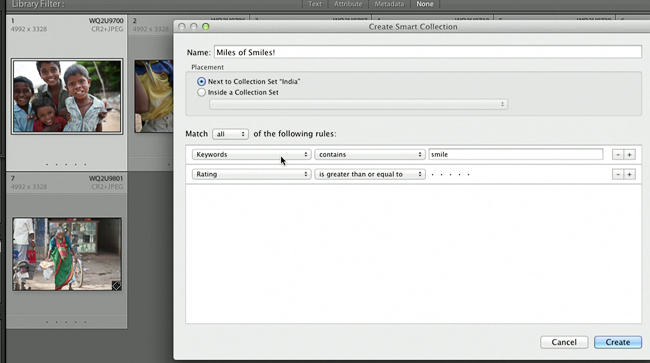
Smart collections automatically gather photos with certain keywords, ratings or metadata that you choose.

Mark demonstrates how to take a photo from Lightroom and edit it in Photoshop without losing the original.
On-Location Light and Lighting
Master outdoor location lighting! In this workshop Mark shows you how to use reflectors, speedlights and studio strobes in an outdoor location setting. Learn how to light for portrait photography outside and in open shade. Mark demonstrates his lighting techniques by shooting several scenarios including a poolside bikini shoot. Scroll down for all the workshop details.
This workshop is available for download now!
Price: $30USD
Product is a digital download. You will not receive a hard copy.


Here are a few screenshots from the video.
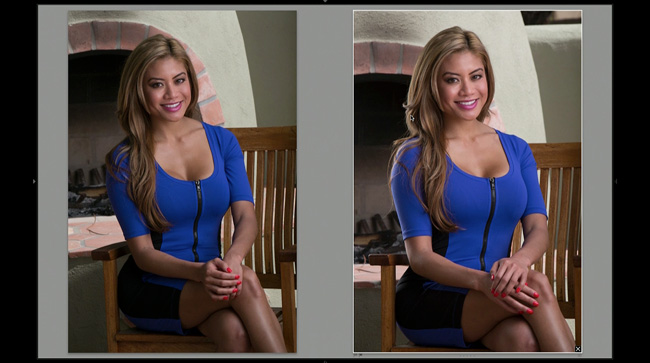
Adding a reflector made a huge difference in the left side of the photo. Notice how Jayd’s hair and shoulder now have separation from the background.
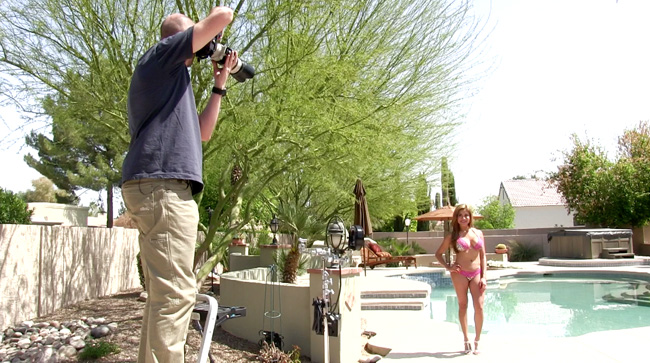
First Mark shoots with no flash to demonstrate how changing your angle can make a much better photo.
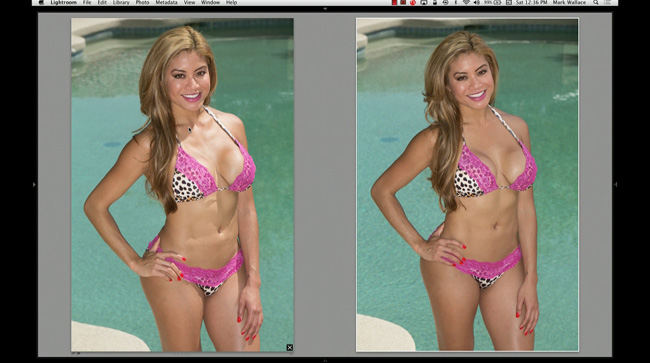
A comparison of the photos using the ringflash, but the left photo has no shade and the right one does.
The Three-Light Setup
Get ready to master the 3-light setup with Mark Wallace! In this episode of Mark Wallace: LIVE, Mark teaches the basics of a 3-light setup that includes the key light, fill light, and kicker light. He builds the setup one light at a time so you can see how each one impacts the photograph. Then, Mark shows you different ways to modify the setup with reflectors, grids and additional lights, and even shows the 3-light setup using speedlights. During the entire workshop, Mark teaches you how to meter for proper exposure and ratios with his Sekonic lightmeter.
This workshop is more than 3 hours of information that is great for beginners and pros alike, as it teaches great techniques for lighting portraits.
This workshop is available for download now!
Price: $30USD
Product is a digital download. You will not receive a hard copy.


Here are a few screenshots from the video.
Photography Basics
In this episode of Mark Wallace: LIVE, we discuss everything you need to know about photography basics. Understanding exposure, controlling motion and getting everything in focus are the pillars of this workshop. Mark explains aperture, ISO, shutter speed, camera modes, focus points, depth of field and more. He also touches on some more advanced topics like white balance, exposure lock and lens distortion. This workshop is more than 3 hours of information that is a perfect workshop for beginner photographers, or anyone wanting to brush up on the cornerstones of digital photography.
This workshop is available for download now!
Price: $30USD
Here are a few screenshots from the video.
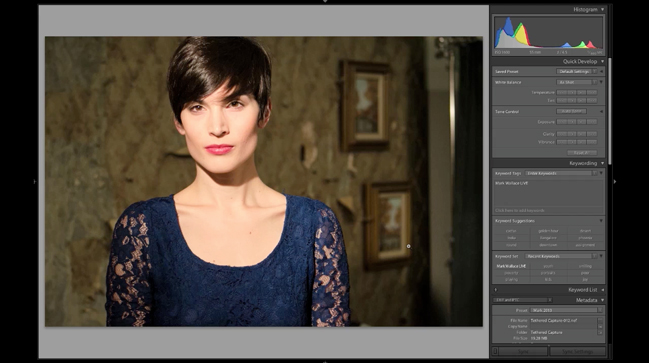
Mark uses Lightroom during the workshop to show the differences in aperture values, shutter speeds, white balance and more.
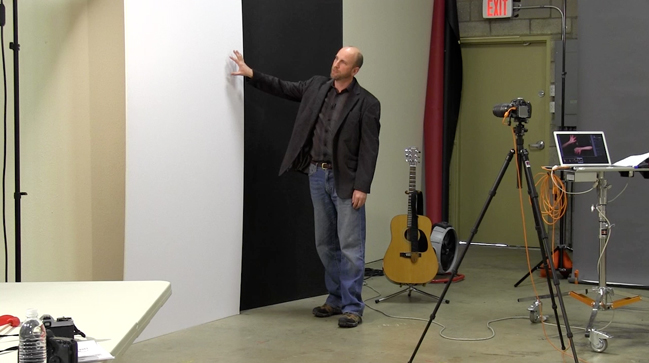
Using white and black panels, Mark explains how your camera’s meter can sometimes get the exposure wrong.
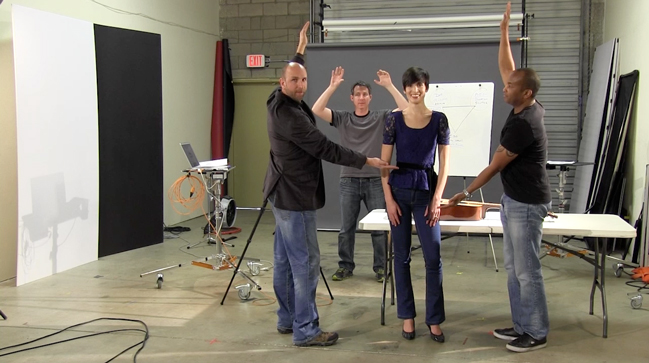
Mark is famous for his goofy demos! In this example he and Charles create the camera frame around Carissa, and Josh plays the role of the sun.
Understanding Light and Light Modifiers
In the second episode of Mark Wallace: LIVE, Mark takes an in-depth look at light. He explains shadows, effective size, direction of light and more while explaining how they impact your photography. Using both speedlights and studio strobes, Mark demonstrates how to get various looks with lights and light modifiers of all shapes and sizes. This workshop is over 3 hours of information that is great for beginners and intermediate shooters.
This workshop is available for download now!
Price: $30USD
Here are a few screenshots from the video.
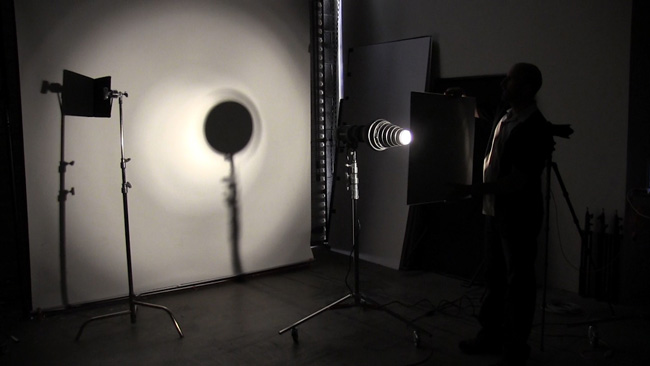
An explanation of specular highlights – the reflection of the light source that you can see in things like eyes, glass, etc.
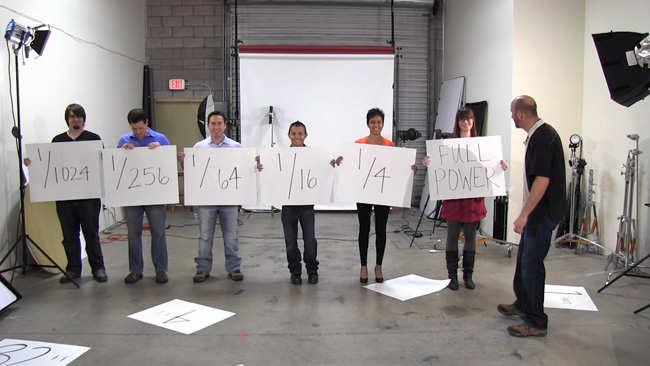
Mark gives a visual explanation of the Inverse Square Law and how it applies to working with lights.

The workshop moves right along into a thorough description of color temperature and getting the right white balance in your photos.

In response to a viewer question, Mark shows the easiest way to take a group picture on a solid white background.
